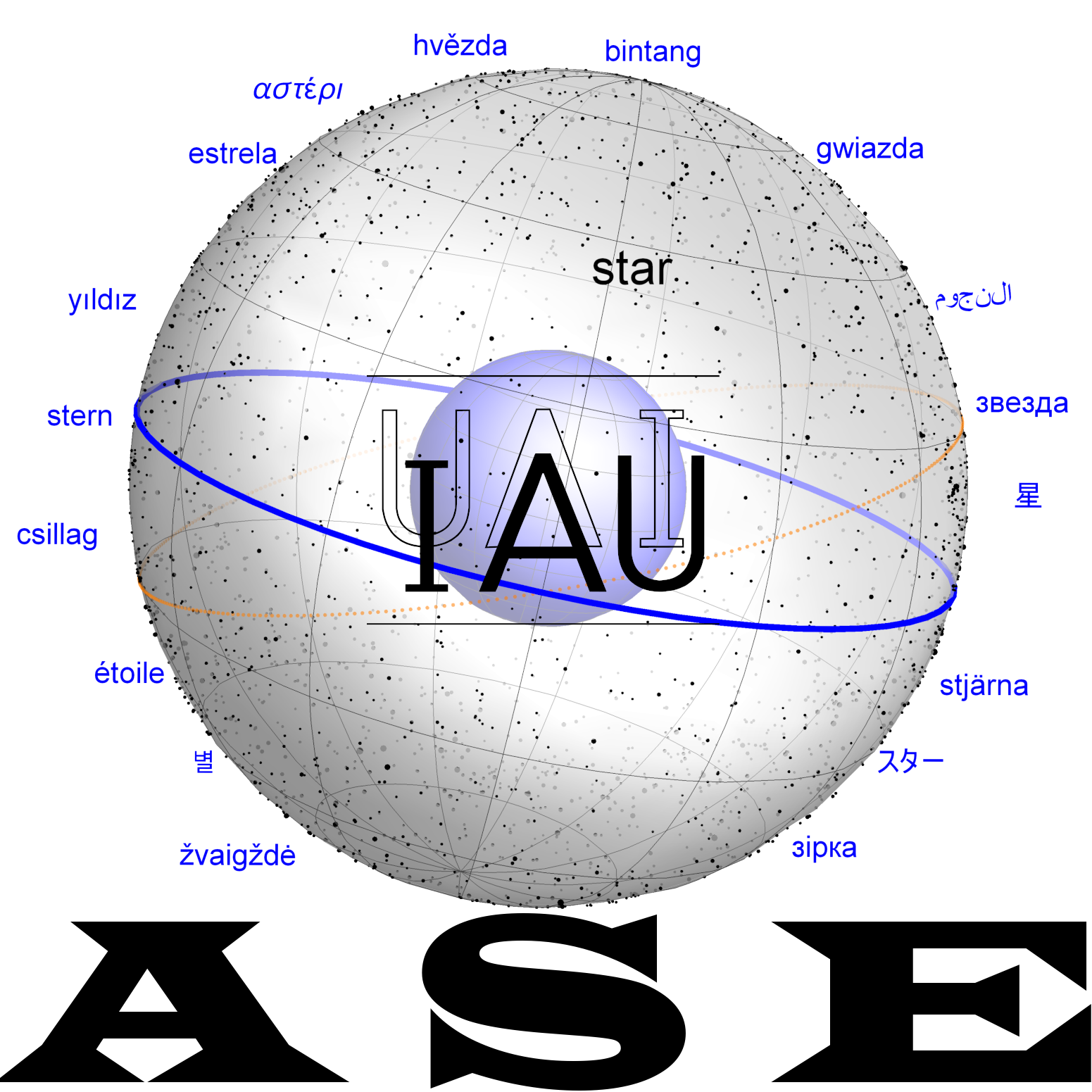The Moon is the natural satellite of the Earth. In ancient times, it was frequently described with the term "planet" because this term derives from the Greek word for "wanderer"; the Moon moving roughly 12° per day from west to east is the fastest of these "wanderers" in front of the projected constellations.
Images of the Moon
One lunation observed in central Europe (Austria/ Germany). Credits: Susanne M Hoffmann.
The Moon short before occultation of Saturn (upper left) in January 2025.
Venus and Moon at Dusk (SMH 2025)
Saturn, Venus and Moon at Dusk (SMH 2025)
Moon and Venus at Dusk (SMH 2025).
Moon and Venus in morning twilight above Austrian mountains (CC BY Susanne M Hoffmann 2016).
Simulation of the Moon in front of the Pleiades star cluster (Stellarium) to show the sizes: the moon does not cover all stars at once.
Reflection of the Moon in a puddle of water (SMH 2025): this is the waxing moon as if seen from the southern hemisphere but observed in the northern hemisphere.












